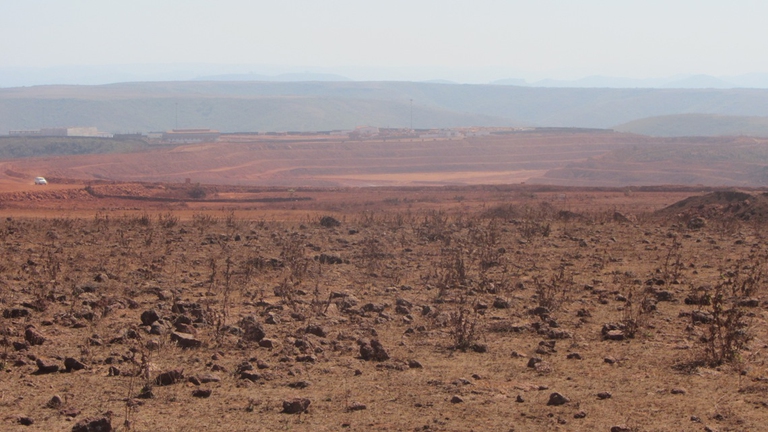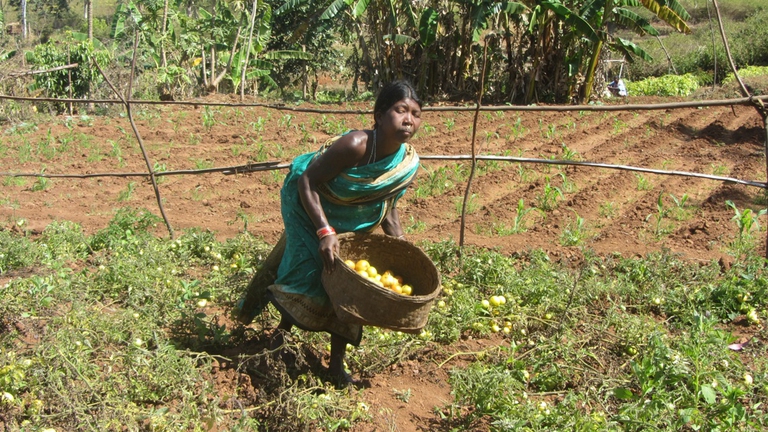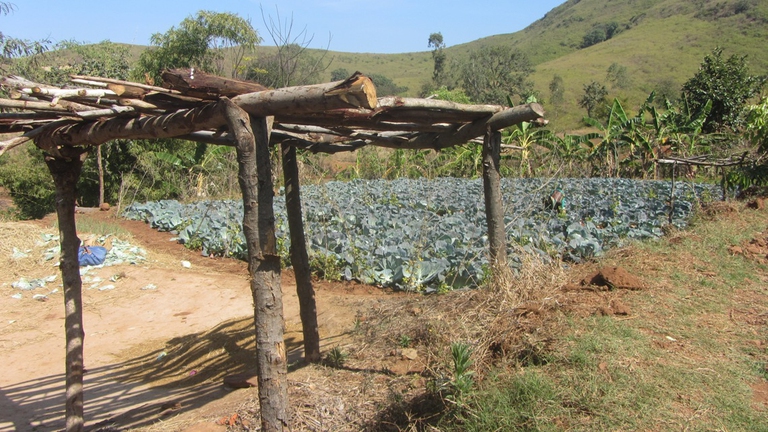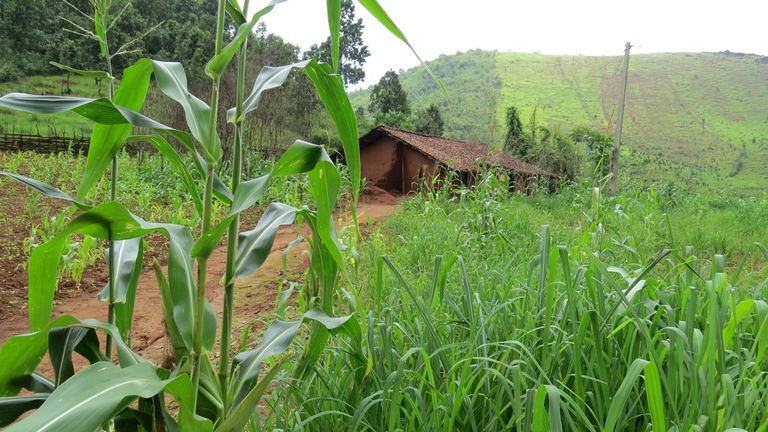
The Amazon became an alternative classroom during the pandemic. Now, the educational forest in Batraja, Bolivia, lives on to teach children and adults the value of nature.
KBK is the short form referring to the region comprising the Kalahandi, Bolangir and Koraput districts of India’s eastern state of Odisha. News on acute poverty leading to child-selling and starvation deaths in the region prompted Prime Minister Rajiv Gandhi to visit these districts in the 1980s and inaugurate several poverty alleviation schemes. None of
KBK is the short form referring to the region comprising the Kalahandi, Bolangir and Koraput districts of India’s eastern state of Odisha. News on acute poverty leading to child-selling and starvation deaths in the region prompted Prime Minister Rajiv Gandhi to visit these districts in the 1980s and inaugurate several poverty alleviation schemes. None of them, however, have performed well.
With deforestation and climate change making agriculture difficult and threatening the future of food safety, many farmers have quit farming to migrate as daily wage labourers. But the tribal communities of the KBK region have responded to the challenge by developing innovative climate-resilient farming to achieve food security and guarantee income while allowing the ecosystem to rejuvenate.
The region, now divided into eight districts, has a tropical geography and is inhabited by several indigenous communities. Shifting cultivation is the traditional agrarian practice. Under this system each family selects a patch of land on a hill, prepares it for cultivation using the slash and burn method (where the existing plants and shrubs are cut and the patch set on fire to burn the remnants), then abandons it after two-three years to shift onto another patch.
As shifting cultivation areas have expanded with population growth, this has led to deforestation and soil erosion, reducing the fallow cycle and causing significant damages to the ecosystem. Mining, industrialisation and other development activities have worsened the situation.
“Seasonal cycle and rainfall patterns are disturbed now,” according to Jaimatee Majhi, resident of hillside village Dandabad in Rayagada district, commenting the effects of climate change in the area. “It’s either scanty leading to dry-spell or extreme rainfall causing flash floods. Agriculture faces the brunt and we lose”.
The rain-fed crop season has been reduced to three months from the usual five as the monsoon arrives late and departs early almost regularly. Saving crops from extreme weather events and natural calamities remains the big challenge farmers say.
“Food production being badly affected, hunger is now commonplace, forcing some to live on the brink of starvation and encouraging distress migration,” says Vidhya Das of Agragamee, a non-profit working for development of tribal and backward communities.
“Male members migrate as wage labourers. So female folk look after agriculture now,” Majal Galar, a tribal woman of Koraput, explains. To bring families together, the challenge for these women is to change farming practices, making it viable again.
They started with restructuring the upland into family farms and creating a living fence integrating fodder and firewood plants to protect them from open grazing. Subsistence crops like arhar (pigeon peas) and maize began to be cultivated simultaneously with seasonal crops. Income generating trees such as mangoes, guavas, litchis, lemons and jackfruits were added to the farms to fetch income after four or five years. To stop erosion and allow the soil to rejuvenate, the following methods were used: no tilling, no weeding, no inorganic fertilisers or chemical pesticides. This minimised investment and brought down input costs.
The mulch of vegetative waste covering the sown area decomposed into compost to boost fertility of the soil and help it retain moisture at subsurface level to support plant growth for longer periods.
Having followed these practices for the last four years, farmers have brought remarkable changes in their lives. Once unable to buy pulses and vegetables, Atvari Majhi of Durukhal village now grows millets, pulses and vegetables on her farm to fulfil the nutritional needs of her family. Amika Chalan of Maligaon also generates good income by selling the surplus.
These innovations have changed the status of agriculture to a viable economic activity. The decreasing popularity of shifting cultivation has made space for the regeneration of lost forests. It also shows that eco-friendly agriculture can end poverty and bring sustainable development in communities.
Siamo anche su WhatsApp. Segui il canale ufficiale LifeGate per restare aggiornata, aggiornato sulle ultime notizie e sulle nostre attività.
![]()
Quest'opera è distribuita con Licenza Creative Commons Attribuzione - Non commerciale - Non opere derivate 4.0 Internazionale.
The Amazon became an alternative classroom during the pandemic. Now, the educational forest in Batraja, Bolivia, lives on to teach children and adults the value of nature.
A special report from the Yuqui territory delves deep into the dreams, challenges, joys and sadness of one of Bolivia’s most vulnerable indigenous groups.
The Yuqui people of the Bolivian Amazon fight not only to survive in the face of settlers, logging and Covid-19, but to preserve their culture and identity.
Jair Bolsonaro is accused of crimes against humanity for persecuting indigenous Brazilians and destroying the Amazon. We speak to William Bourdon and Charly Salkazanov, the lawyers bringing the case before the ICC.
Our species took its first steps in a world covered in trees. Today, forests offer us sustenance, shelter, and clean the air that we breathe.
Activists hail the decision not to hold the 2023 World Anthropology Congress at a controversial Indian school for tribal children as originally planned.
Autumn Peltier is a water defender who began her fight for indigenous Canadians’ right to clean drinking water when she was only eight years old.
The pandemic threatens some of the world’s most endangered indigenous peoples, such as the Great Andamanese of the Andaman and Nicobar Islands in India.
The Upopoy National Ainu Museum has finally opened. With it the indigenous people of Hokkaido are gaining recognition but not access to fundamental rights.











